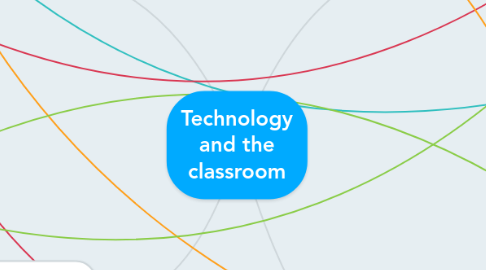Technology and the classroom
by Gohar. J

1. ISTE standards for teachers
1.1. Facilitate and Inspire Student Learning and creativity: With their expertise on the subject, and the use of technology, teachers will facilitate the students learning, creativity and innovation.
1.2. Design and Develop Digital Age Learning Experience and Assessment: Teachers will design and develop lessons which incorporate digital learning to maximize the students learning experience
1.3. Model Digital Age Work and Learning: Teachers will know how to use technology as a tool for learning.
1.4. Promote and Model Digital Citizenship and Responsibility: A teacher shall understand the social problems that come with the digital age, and use tech in a legal and ethical manner.
1.5. Engage in Professional Growth and Leadership: The teacher will always be open to learning more about more technology.
2. ISTE standards for students
2.1. Digital Citizenship: Students will know how to be safe and ethical in their online behaviour.
2.2. Innovative Designer: Students will use technology to innovate and solve problems
2.3. Empowered Learner: Student used technology to take an active role in their learning and learning goals.
2.4. Computational Thinker: Students develop and use strategies that allow them to solve problems in a way that leverage the power of technological method
2.5. Creative Communicator: Student can use different platforms, styles, digital media, and tools to communicate clearly
3. Learning and Technology Policy Framework
3.1. Student-Centred Learning: The use of technology to build a student-centered environment (personalized learning)
3.2. Research and Innovation: Teachers, and other educational professionals, will read, review and contribute to the latest education related research
3.3. Professional Learning: Educational Professionals maintain and apply knowledge that allows them to use technology effectively
3.4. Leadership: Educational Leaders leverage technology in support of student-centred learning and efficiencies.
3.5. Access, Infrastructure, and Digital Learning Environments: Everyone in the "school" has access to proper infrastructure, high speed connection, and proper digital learning environments.
4. ICT Program of Studies
4.1. Digital Citizenship: Students will need to learn how to use technology in an Ethical manner
4.2. The ICT curriculum is not to stand alone, but to be infused with core courses and programs
4.3. Students will learn that technology is just another tool to be used
4.4. Students will learn how to use this tool to facilitate their learning experience
4.5. Students will use technology to solve problems


